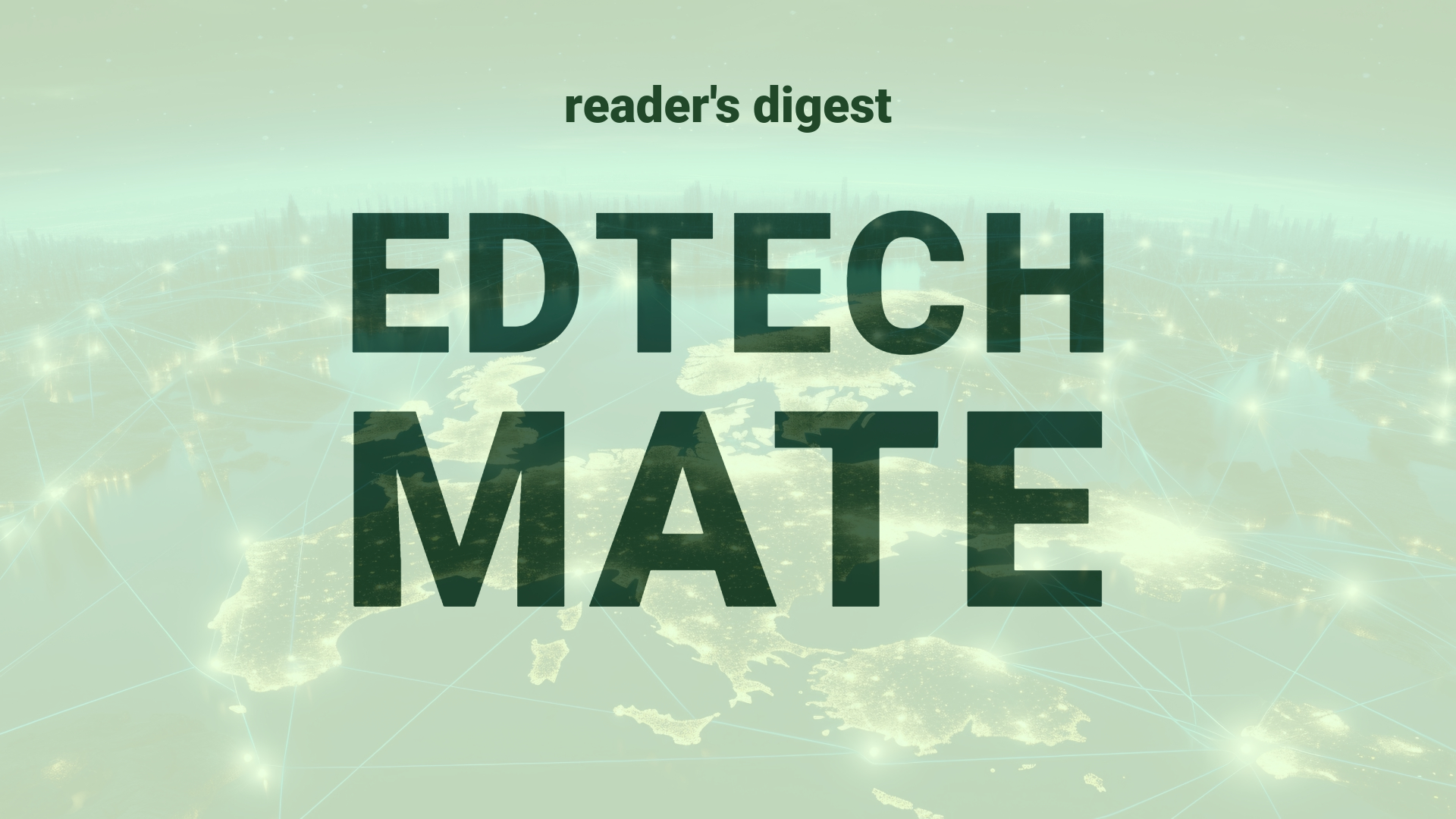“`html
Executive Summary and Main Points
The discourse on innovation in the U.S. government advocates for “innovation without disruption,” leveraging existing systems as portals to new digital technologies. This strategic approach aims to enhance customer experience, demonstrated by a surge in digital service demand post-pandemic, with 94% of state technology leaders acknowledging increased demand for digital government services. Key innovations include AI-powered chatbots, self-service portals, and Next Generation 911 systems. The integration of AI, automation, and data analytics is pivotal in shattering silos, thereby amplifying operational efficiency, optimizing costs, and enabling data-driven decision-making for improved citizen and business outcomes.
Potential Impact in the Education Sector
Adopting a similar “innovation without disruption” ethos could transform Further Education, Higher Education, and Micro-credentials by implementing digital technologies to improve student engagement, streamline administrative processes, and enhance learning outcomes. Strategic partnerships with technology providers like Avaya could accelerate this integration, leveraging cloud computing for cost savings, streamlined processes, and the ability to attract top talent to academic institutions.
Potential Applicability in the Education Sector
Embracing AI and digital tools in education could see the application of chatbots for student services, predictive analytics for anticipating student needs and course outcomes, and personalized learning platforms. Further, cloud-based systems could simplify infrastructure management, inviting more resources toward educational program enhancements and research initiatives within global education systems.
Criticism and Potential Shortfalls
While “innovation without disruption” promises seamless integration, there is a risk of becoming overly dependent on legacy systems, potentially stunting full digital transformation. Ethical and cultural considerations, such as data privacy and the digital divide, must be addressed, with international case studies illustrating varied success levels. For example, different privacy standards in the European Union compared to the U.S. require careful navigation to balance innovation with regulatory compliance.
Actionable Recommendations
Education leadership should pilot AI and digital tools in a contained environment to evaluate benefits before broader implementation. Collaborating with tech companies that understand the nuances of the education sector could ensure that innovations align with institutional goals. Additionally, ongoing assessments, perhaps through an innovation task force, could ensure that ethical standards, accessibility, and efficiency remain at the forefront of technology adoption in international education.
“`
Source article: https://www.cio.com/article/2088901/an-intro-to-innovation-in-the-u-s-government.html

